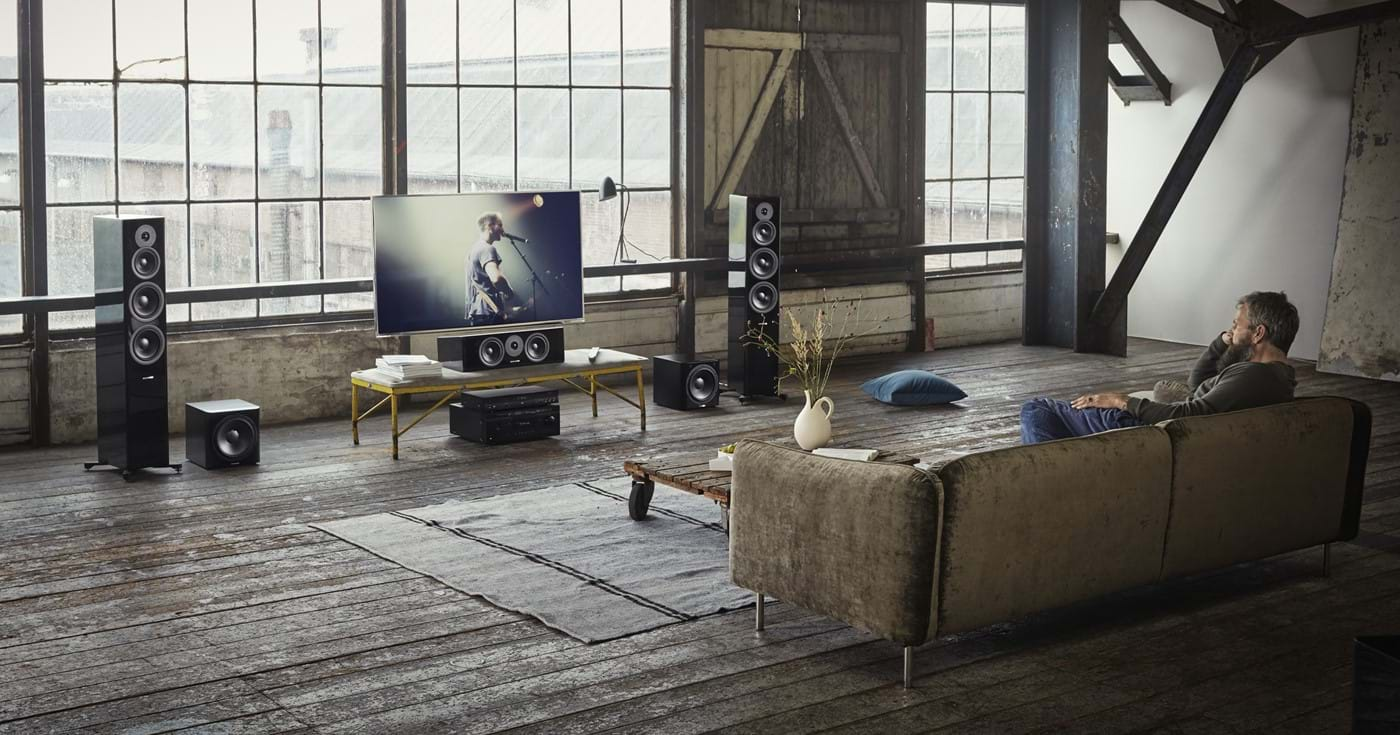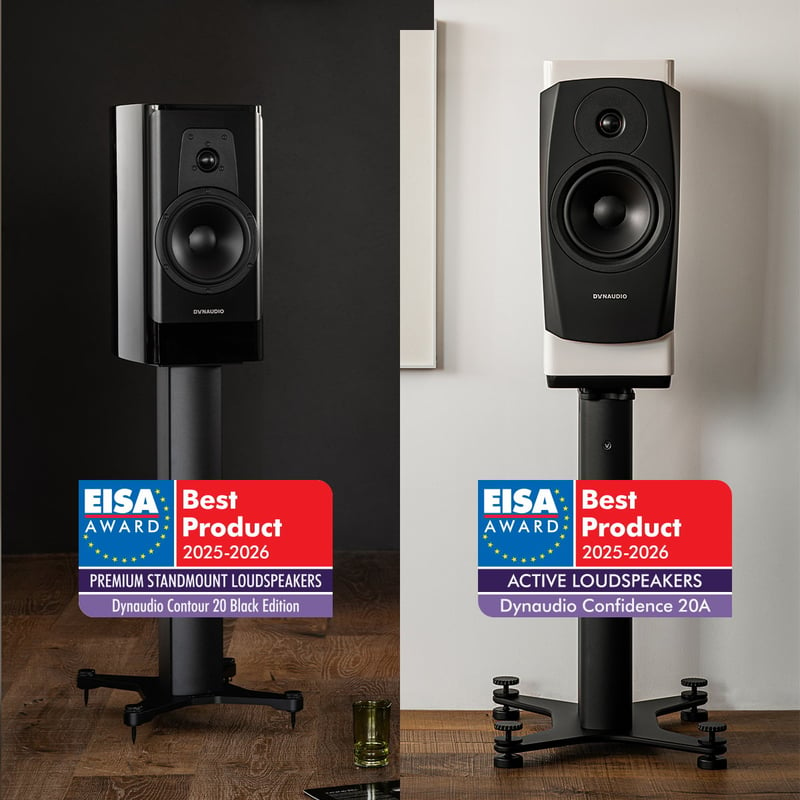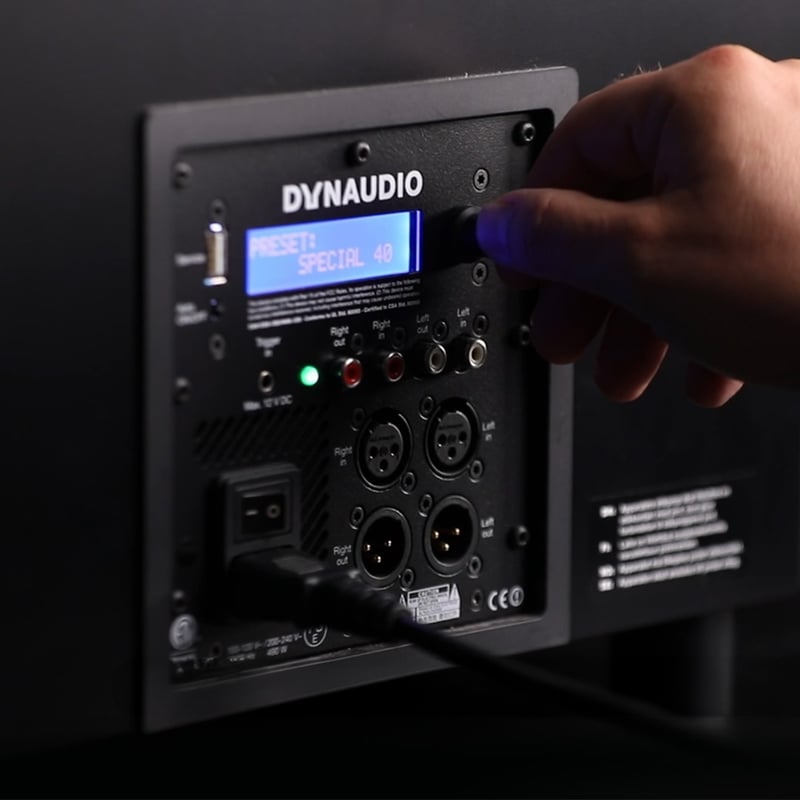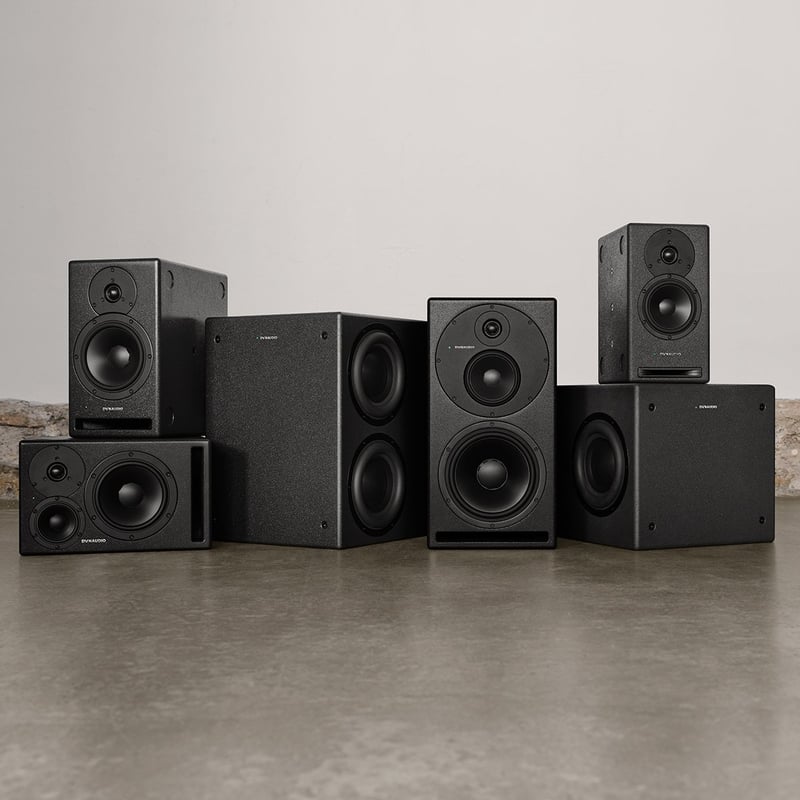Congratulations! You’ve put the hours into researching and acquiring your dream (maybe your first ever) home cinema system, and finally the factory-fresh Dynaudio speakers, stack of AV boxes and coils of cable are sitting in your living room. It’s a warm feeling, isn’t it?
You’re almost ready to rip the cellophane wrappers off your new Blu-rays. Almost. But not quite, for you’re still one (very important) step away from AV heaven.
The final hurdle is, naturally, setting it all up – and you can take our word for it: this isn’t the time to start cutting corners. Home cinema building is far from plug’n’play. It’s all about – repeat after us – positioning, connecting and calibrating. And of course, it has to look the part, too. A daunting task, perhaps, but a worthwhile one.
The following scrolls will provide chapter and verse on how to get the most from your home cinema system – be it one driven by a budget or high-end AV amp, or featuring the likes of our get-you-out-of-the-gate Emits, Evoke or the show-stopping Evidences.
Click here to learn more about the Evoke family.
Tape measure at the ready? Let’s get to work.
Where to put it all
Speaking of cutting corners, there’s much more to speaker placement than avoiding them. Whether you’ve opted for a 5.1 or 7.1 configuration (you might even be using more than one subwoofer) and whether that’s made up purely of floorstanders, bookshelf speakers or a mix of the two, the rules are the same.
Ideally, place the front three speakers (the left, centre and right) at least a metre apart – but, more crucially, equidistant from your listening position. The idea is to have them all level on a horizontal plane if you were to look down on them from above. The front left and right speakers should also be at a 45- to 60-degree angle from your listening position. We recommend digging out a protractor and a laser pen to angle up.
A general rule of thumb: the front speakers’ tweeters should be around ear level. We don’t need to tell you not to put your centre speaker in the way of your display, but do bear in mind that it should sit as close as possible underneath or above your display. After all, you want people talking at you, not two feet over your head or at your knees. If you consider how much dialogue there is in films and TV programmes, it’s clear the centre speaker is your surround package’s frontman – so it’s important to get its placement right. Giving it space to breathe on a stand (one of our Center bases, say) is preferable to shoving it inside a piece of furniture.
You might be as compelled to put your surround speakers directly behind you as you are to turn the subwoofer all the way up to 11 (more on that later), but that’s not how you create a convincingly enveloping soundfield with a wide sweet-spot. The space directly behind your seat is best saved for a sixth and seventh surround channel.
The best position for your main rear speakers is exactly where you wouldn’t want someone to stand while you’re reading: over your shoulder, just behind you to the side, and slightly above ear level. That way, surround effects will sound more immersive and also integrate more tightly with the front three speakers.
Keep your sub subordinate
Deep bass is less directional than treble or midrange, and almost non-directional below 80Hz. That means it’s usually safe to put your subwoofer(s) almost anywhere – flanking the centre channel, for example.
To take its placement to the next level, though, put the sub where you’d normally sit (yes, on the sofa) and play a familiar song with a hearty bass line. Why music? Because you’re probably more familiar with what bass guitar should sound like than a quick-fire movie effect. Now crawl around the room (you might want to close the curtains) and listen for where bass notes sound smoothest and most defined. That’s your subwoofer spot… providing it’s not blocking a doorway or where the dog sleeps.
Click here to learn more about Dynaudio subwoofers.
Cranking subwoofers up to the maximum joins “Don’t push this button” on The List of Temptations to Overcome. In fact, you should hardly be able to hear the sub. Its job is to blend in seamlessly. It should contribute without taking charge, and you shouldn’t ever hear it during on-screen dialogue – even between Vin Diesel and Darth Vader. The bottom line: use your ears.
With this in mind, using two subs isn’t necessarily for more bass, but better bass. Exciting two places in a room as opposed to just one will help reduce localization for a smoother response in a soundfield. The less localized the bass, the better. Also keep in mind the size factor: two small subs might be easier to accommodate in your room than one bigger one.
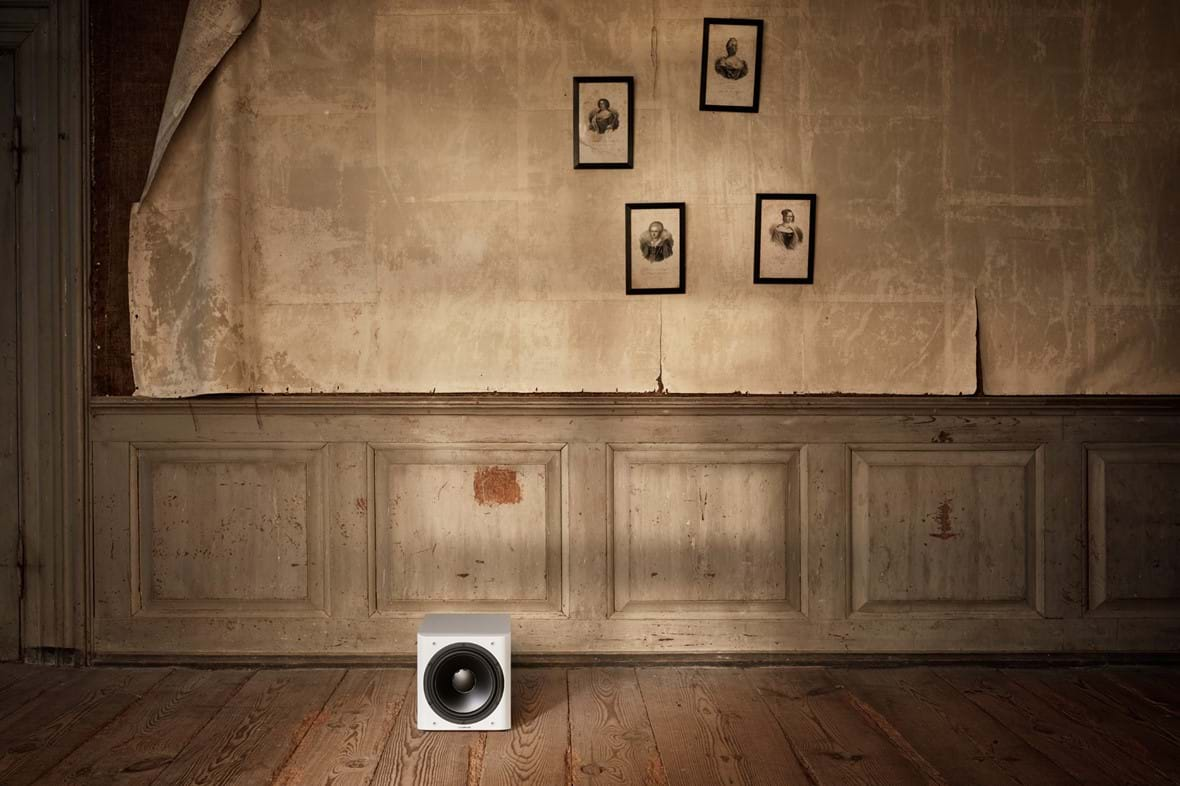
Think about the room
In an ideal world, you should be able to draw a more or less perfect rectangle between your speakers, but that’s easier said than done if your living room has more concaves and corners than an IKEA show floor.
Sounds like yours? Don’t move house. Don’t reach for your hammer. Don’t panic. The advice is the same: avoid corners (if that’s nigh on impossible, avoid rear-ported speakers), and aim for that equilateral triangle between your front speakers and sofa as best you can. Keep yourself centre stage, the display head-on, and the speakers firing the length, not the width, of the room. If you can’t achieve that 40-to-60-degree aspect, try angling in the speakers towards you.
De-cluttering cables
(At least) six speaker cables, a few HDMI leads and probably an Ethernet chord, plus assorted interconnects and USBs… there’s big potential here for your system’s cabling to get really messy. That’s why, in a hi-fi environment, wireless active speakers like Xeos and Focus XDs work so well.
Click here to learn about our active, wireless speakers.
Sadly, cables are the wheelie bins of home cinema systems: ugly essentials. But there are many ways to minimise spaghetti: cable-ties, media centres and sock-like tubes all work – and you can even hide cables inside or behind walls.
Just be wary that, because power cables carry higher currents than speaker cables, running the two parallel to each other could cause interference – and thus unwanted noise in your music or films. If your room or set-up dictates contact between the two, though, any crosses should ideally be at right-angles.
Fine tuning
You’ve laid your last metre of wire. It’s now time to calibrate the system. Most modern home cinema amplifiers have built-in automatic calibration software, which fine-tunes your system by mapping out your room and calculating your speakers’ sizes, distances and response levels within it using weird-sounding electronic noises. All you have to do is plug in the included microphone, place it in your listening position(s) at head-height, and follow a few on-screen instructions.
Clever software indeed, but don’t take it as gospel and always check the results afterwards, manually making adjustments if need be using a sound meter app on your phone. Remember what we said about making sure the speakers are equidistant: check that there aren’t any decibel level outliers, too.
Happy? Then there’s only one thing left to do: wake the neighbours.
Sign up to get more great articles
Nothing compares to the satisfaction of knowing – for a fact – that something is as good as it gets


